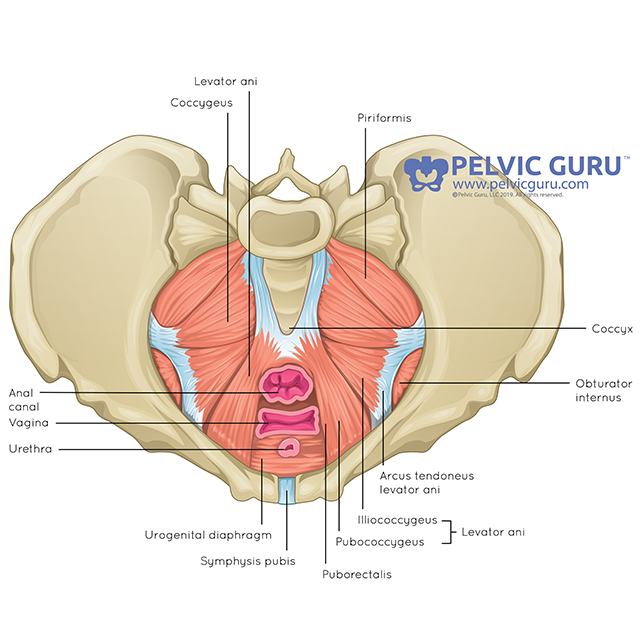Foundations Pelvic Health Journal
EXPLORE BY CATEGORY
Bladder | Bowel | C-Section | Endometriosis | Exercise and Movement | Pelvic Floor PT | Pelvic Health | Pelvic Pain | Pregnancy + Labor & Delivery | Postpartum | Prolapse
Live, Laugh, Love (to No More Leaking): Reclaiming confidence with Pelvic Floor Therapy
Urinary leakage is a common issue for many women - about 1 in 3 women will experience some form of urinary incontinence in their lives. While this issue is common, it doesn’t mean it’s something you have to live with. Pelvic floor physical therapy can offer effective solutions to help manage and alleviate symptoms to help get back to doing all the things you love to do while staying dry!
A Guide to a Happy Bladder: Everyday Habits That Make a Difference
Your bladder and pelvic floor work in tandem to prevent issues like urgency, urinary incontinence, and discomfort. Whether you're looking to reduce urinary leaking or alleviate pelvic discomfort, adopting these habits can have a significant positive impact.
Let’s talk about prolapse!
Prolapse is when one of your pelvic organs starts to push into the walls of the vagina, effectively becoming a “nosy neighbor”. Our pelvic floor PTs can be helpful with managing your symptoms!
What to Expect with an Internal Pelvic Floor Exam at Foundations Pelvic Health?
Scheduling your first pelvic floor physical therapy appointment is an amazing first step to take care of your pelvic health, but you’re curious and maybe nervous about what the exam entails.
What exactly is the Pelvic Floor?
Your pelvic floor can be thought of as a muscular hammock at the bottom of your pelvis that your pelvic organs rest upon. It contains blood vessels, fatty tissue, ligaments, tendons, nerves and fascia.





